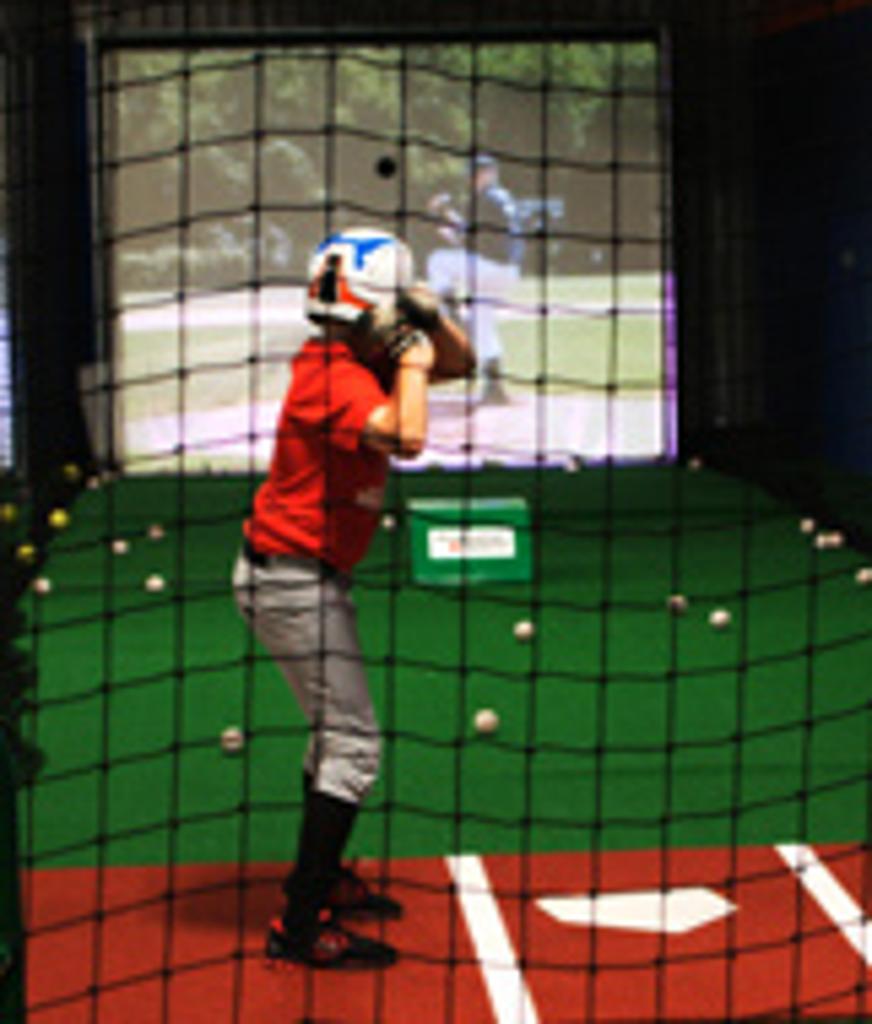


I respect you! The authors might have improved the book with later editions and new pedagogical advances, but I thought it would be advisable to provide it on an ongoing basis. (Maybe helpful if you are interested in post-tonal music, otherwise not so much!) Maybe your experience will be different (people learn differently and have different abilities), but all I got out of EarMaster 5 was frustration and low self-esteem. It seems that isolated interval drills and the like aren't very helpful for the overall training of your ear In order to understand the music, you have to put it It was particularly hard to do the melodic exercises Instead of actual musical note patterns, they would just play a bunch of notes at random. In any case, I've taken a graduate course in TEACHING ear training, which I read about in my readings. The problem was that I just didn't feel I progressed much. You should spend at least 20 minutes a day doing this. You're not going to see reviews of EarMaster 7's effectiveness after a year of use, since the product seems to be a year old? In the last decade, I have used this quite a bit - sometimes more than once - and I have had it for years (maybe a decade or more). I have EarMaster 5, but if I review it, nobody would see it because it's an old version. This is used at the "best music schools worldwide," as the article claims, so that indicates that music education has fallen to an all-time. The condition of the patient does not seem good. There can never be a change in the tempo or number of offbeats of the lead The exercises are in metronome beats, so you have to wait for each one.

This does not follow the conventions of classical song voicing (cadences are simply voiced as clumpy chords, without regard to correct voicing and spacing conventions (why even discuss the fourth cadences if they are not sung in 4 part harmony, truly? There are too few preferences to choose from. The progressions of chords are all limited by a few chords, not by a complete progression. The student does not need ear training for chords other than b9 such as #11, b13, etc. The following elements may be lacking in the eyes of others *Brief description here It is not uncommon for jazz chords to be in closed root position rather than the voicings that musicians really Why is it so important for students to recognize a V7b9 chord when they can only play it in closed position? Nearly all jazz musicians do improvise with open chords, usually in 3 and 4 positions If you choose 9, you should choose The following 13 left-hand voicings are included in part.
EARMASTER PRO PITCH RECOGNITION SOFTWARE
There is a field that says the software is suitable for all levels of musicians, but advanced musicians can use only the customizable rhythm exercises.


 0 kommentar(er)
0 kommentar(er)
